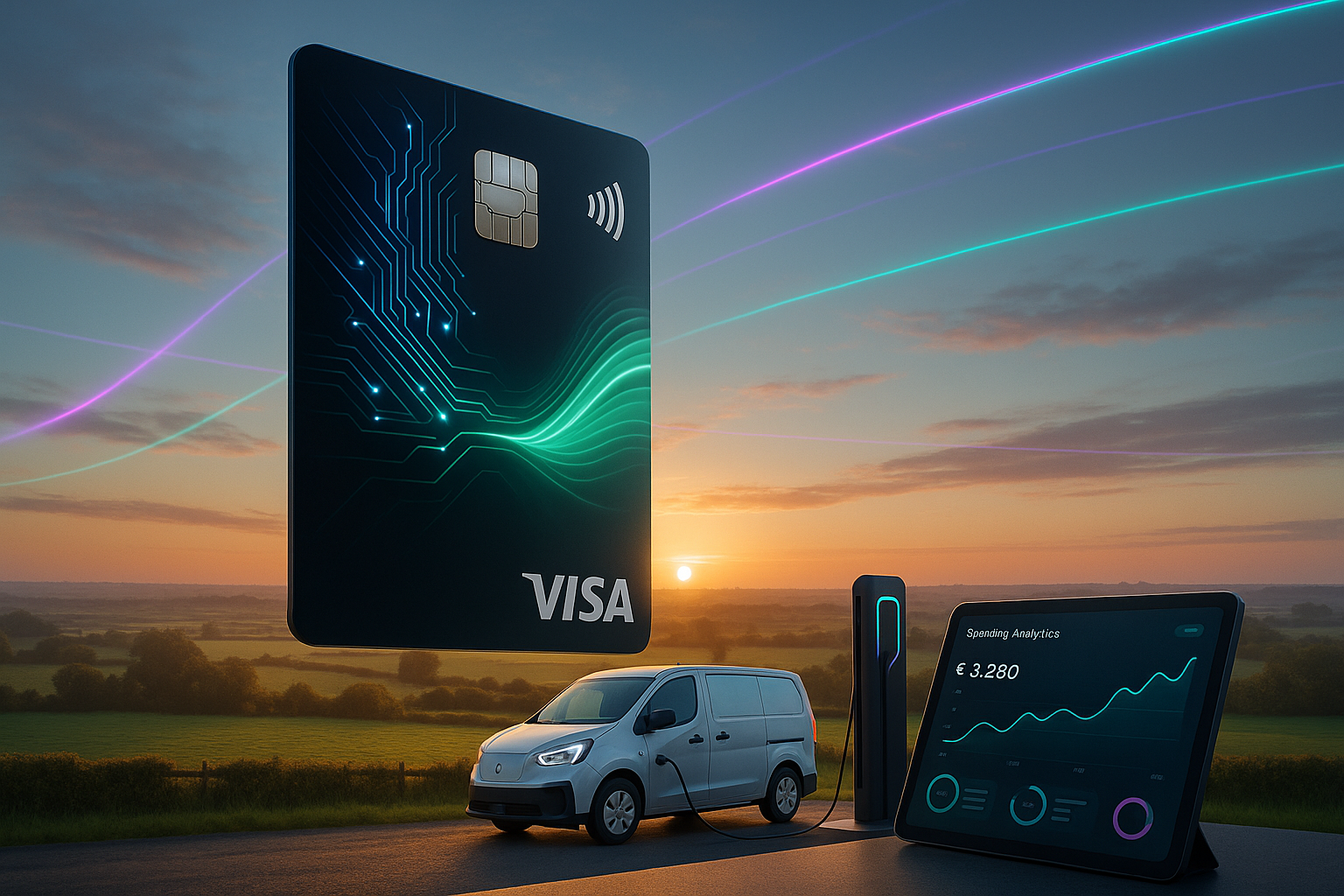Octopus Energy & Enfuce: Powering Up the UK’s EV Fleets
The partnership between Octopus Energy’s Electroverse and Finnish fintech Enfuce to launch the Electroverse Business Payments Card is either a masterstroke in sustainable infrastructure or a high-stakes gamble on unified payments. As someone tracking EV adoption, I see this as a pivotal moment—but not without caveats.
The Ambitious Promise: Simplicity as a Catalyst
At its core, the card tackles fragmentation—the Achilles’ heel of EV fleets. Electroverse already aggregates 960,000+ chargers across 1,100 operators in 40 countries. Now, by integrating Visa Fleet 2.0 via Enfuce’s cloud platform, it merges charging, diesel refuelling, maintenance, meals, and travel into one payment stream. The technical allure is undeniable:
- Real-Time Control: Fleet managers gain instant spending caps, transaction alerts, and fraud prevention.
- Regulatory Shields: Built-in compliance for evolving UK/EU sustainability reporting.
- Operational Flexibility: Transitioning fleets can manage mixed-energy vehicles (EV and ICE) seamlessly.
Enfuce’s credentials as Europe’s first Visa Fleet 2.0 processor and their 2024 FCA EMI licence lend credibility. For Octopus—already supplying 100% fossil-free electricity—this extends their ecosystem beyond energy into financial infrastructure.
The Case for “Game-Changer” Status
Timing is everything. With UK fleets mandated to dominate EVs by 2030, businesses face a costly, complex transition. As Denise Johansson of Enfuce argues, this isn’t just payments: it’s about “accelerating meaningful progress in mobility”. The card could resolve three critical barriers:
- Expense Chaos: Eliminating 10+ vendor apps/cards for drivers.
- Data Silos: Unified spending analytics for CFOs.
- Scalability: Enfuce’s cloud architecture handles cross-border transactions—vital for pan-European fleets.
Matt Davies of Electroverse rightly frames this as “empowering businesses to electrify with confidence.” For SMEs lacking corporate procurement muscle, that confidence is gold.
Overpromising or Underdelivering?
Yet, optimism must be tempered.
- Infrastructure Gaps: 960,000 chargers sound impressive, but the UK still has 1 charger per 35 EVs vs. the EU’s 1:12. Payment simplicity won’t fix charger deserts.
- Cost Questions: No pricing is revealed. Will transaction fees erode savings for small fleets?
- Adoption Risk: Visa Fleet 2.0 is new. Integration hiccups could deter fleet managers wedded to legacy systems.
Critically, the card doesn’t solve the upfront cost of EVs—still 30% higher than diesel equivalents. Nor does it address grid capacity strains during peak charging. As one LinkedIn commenter noted: “Will my depot’s power supply handle 50 EVs charging simultaneously?”.
Cautious Optimism
This partnership is a necessary innovation. Enfuce’s fintech agility and Octopus’ green ecosystem create a compelling package. For fleets mid-transition, the operational clarity could accelerate EV adoption by 1–2 years. However, it’s not a silver bullet. Success hinges on:
- Grid Modernization: Octopus must link this to their demand-flexibility programs (which paid users $5.4M in 2024 for off-peak usage).
- Affordable Access: Tiered pricing for smaller fleets.
- Interoperability: Ensuring rival charging networks (like Ionity) don’t withhold data.
In essence, the card is a bridge—not the destination. If it delivers, UK fleets gain a critical tool for the net-zero marathon. If it stumbles, it risks becoming another piece of well-intentioned EV clutter. The ambition deserves applause, but the execution demands scrutiny






